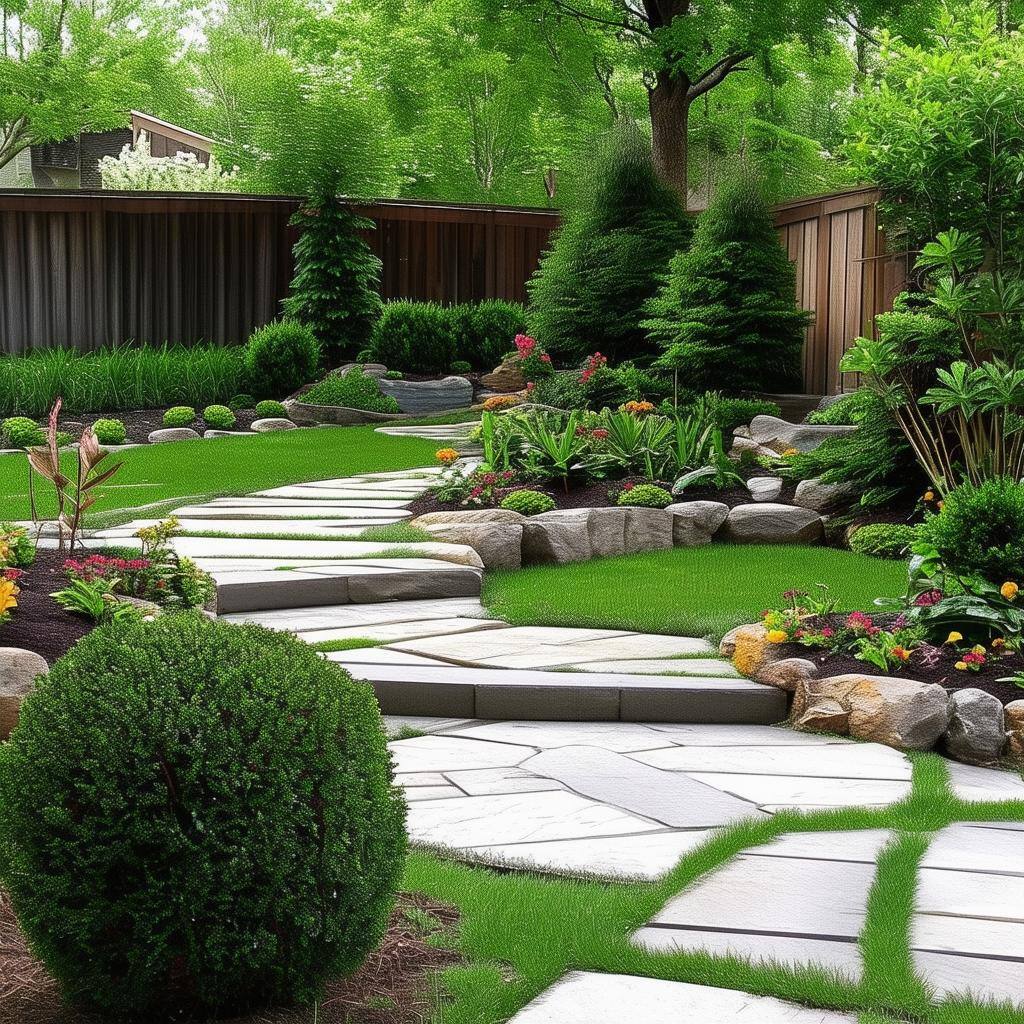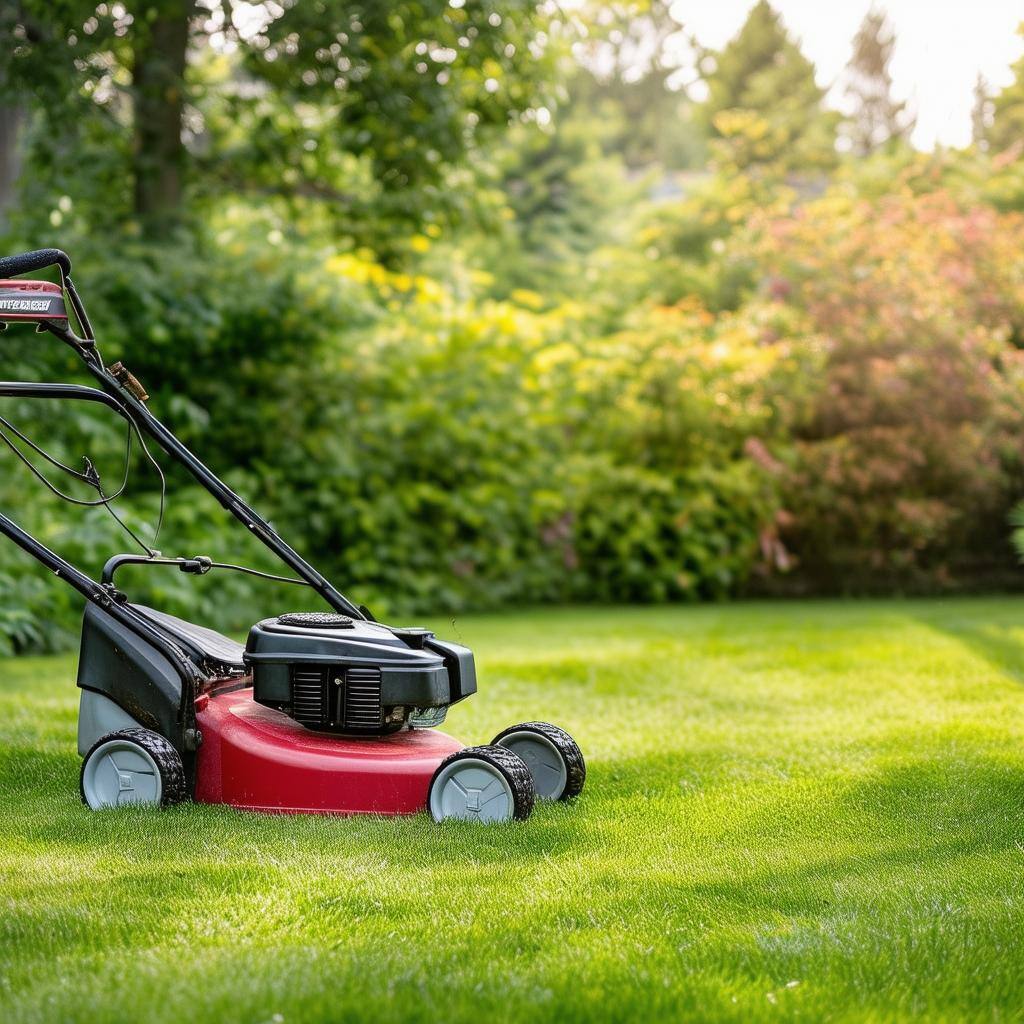Artificial Turf Guide
The Pros and Cons of Artificial Turf for Residential Use
Artificial turf, once primarily found on sports fields, has gained popularity among homeowners seeking a low-maintenance, green lawn all year round. This synthetic grass alternative offers a range of benefits, but it also comes with some drawbacks. In this article, we’ll explore the advantages and disadvantages of installing artificial turf in residential settings, along with tips for making an informed decision.
Learn More Below for Benefits, Drawbacks, Tips for Choosing, & Maintenance Tips!
What is Artificial Turf?
Artificial turf is a surface made from synthetic fibers designed to mimic the appearance and feel of natural grass. It is often used in residential yards, playgrounds, and sports fields. Modern advancements have improved its quality, making it more realistic in both look and texture.
Benefits of Artificial Turf
1. Low Maintenance
One of the most significant advantages of artificial turf is its low maintenance requirements. Homeowners can say goodbye to regular mowing, watering, and fertilizing. This makes it an ideal choice for busy families or those who prefer not to spend much time on lawn care.
2. Water Conservation
With increasing concerns about water conservation, artificial turf offers a sustainable alternative. It doesn’t require any water for irrigation, which can lead to significant savings on water bills, especially in areas prone to drought.
3. Durability and Longevity
High-quality artificial turf is designed to withstand heavy foot traffic, making it perfect for families with children and pets. Unlike natural grass, which can wear down and develop bare patches, synthetic grass maintains its appearance and usability for years with proper care.
4. Consistent Appearance
Artificial turf provides a lush, green look year-round, unaffected by seasonal changes or weather conditions. Homeowners don’t have to worry about brown patches, muddy spots, or weeds taking over their lawn.
5. Pest Resistance
Artificial turf is less susceptible to pests and insects commonly found in natural grass. This can lead to a more enjoyable outdoor space without the annoyance of bugs.
6. Versatile Use
Artificial turf can be installed in various areas, including backyards, front lawns, patios, and even rooftops. It’s perfect for creating a play area, a pet-friendly space, or a beautiful garden landscape.
Drawbacks of Artificial Turf
1. Initial Cost
The upfront cost of installing artificial turf can be substantial. While it may save money in the long run on maintenance and water bills, the initial investment can deter some homeowners. Prices vary based on quality, size, and installation.
2. Heat Retention
One notable downside is that artificial turf can retain heat, making it uncomfortably hot during sunny days. This can pose a challenge for children and pets who may be sensitive to high temperatures. Some manufacturers offer products designed to mitigate heat retention, but it’s essential to consider this factor.
3. Environmental Concerns
While artificial turf conserves water and reduces the need for pesticides, its environmental impact remains a topic of debate. The production of synthetic materials can involve petrochemicals, and the disposal of old turf can lead to landfill issues. Some eco-friendly options are emerging, but it’s important to research before purchasing.
4. Limited Lifespan
Although artificial turf is durable, it does not last forever. Most products have a lifespan of about 15 to 25 years, depending on usage and quality. Eventually, homeowners will need to replace their turf, which can incur additional costs.
5. Installation Challenges
Installing artificial turf requires proper preparation of the ground, including leveling, drainage, and the installation of a base layer. While DIY options are available, professional installation is often recommended to ensure optimal results and longevity.
Tips for Choosing Artificial Turf
-
Research Quality: Not all artificial turfs are created equal. Look for products made from high-quality materials that offer a realistic appearance and texture.
-
Consider Usage: Evaluate how you plan to use the space. Some turfs are designed for heavy foot traffic, while others are better suited for decorative purposes.
-
Get Professional Help: If you're unsure about installation, consider hiring professionals. They can provide expertise in choosing the right product and ensuring proper installation.
-
Check for Drainage: Good drainage is essential to prevent water pooling on the surface. Ensure that the turf you select has adequate drainage capabilities.
-
Understand Maintenance Needs: While artificial turf requires less maintenance than natural grass, it’s not maintenance-free. Regular cleaning and occasional brushing will keep it looking its best.
Summary
Artificial turf can be a practical and attractive option for homeowners seeking a low-maintenance lawn. With its many benefits, including water conservation, durability, and consistent appearance, it’s an appealing choice for busy lifestyles. However, potential buyers should weigh the initial costs, environmental considerations, and heat retention issues before making a decision. By thoroughly researching and understanding the options available, homeowners can determine if artificial turf is the right fit for their residential needs.
Why don't homes come with a user manual?
We don't know, either. But we're here to help.
See how, below...from tackling the maintenance tasks you can’t stand or always forget, to getting proactive with your maintenance, to sending out contractor referrals we actually know & trust!
You May Also Like
These Related Stories

Landscaping Guide

Lawn Maintenance Guide
